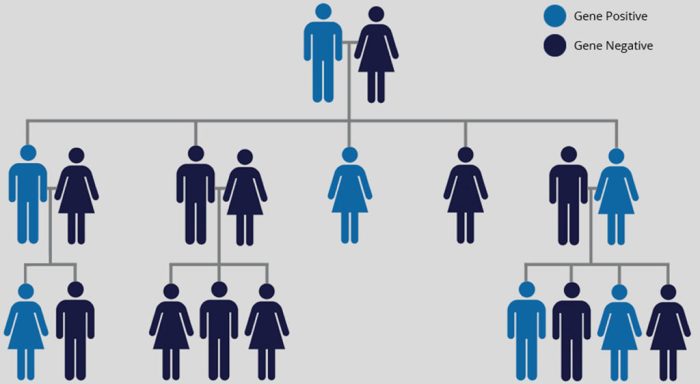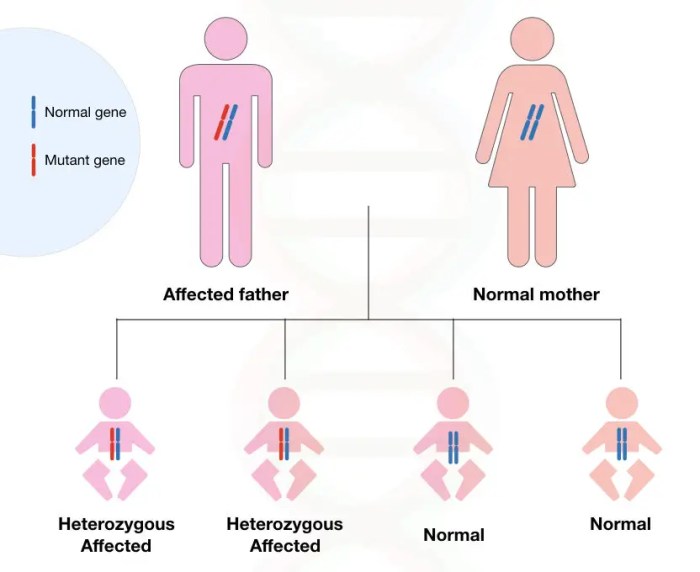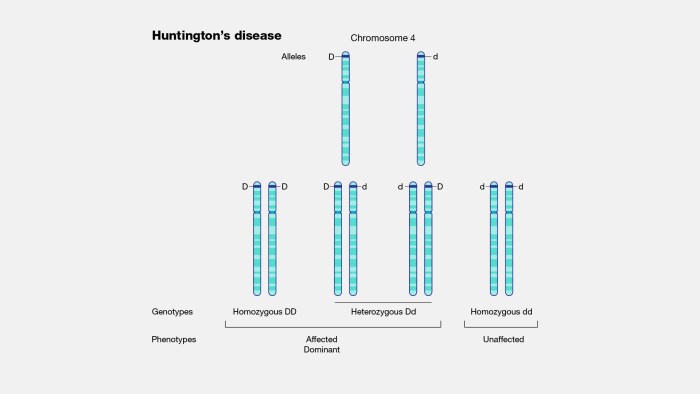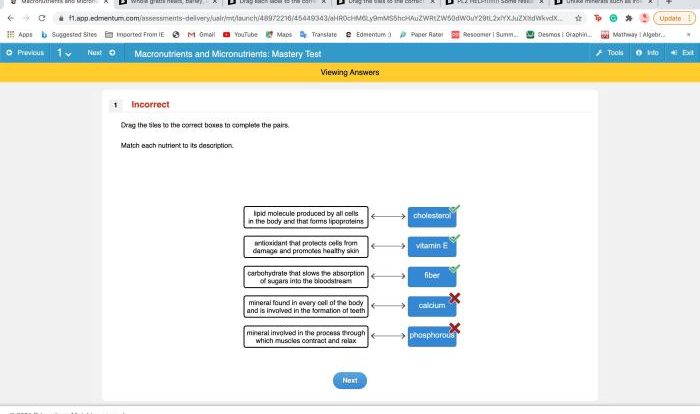Unveiling the mysteries of genetic inheritance, the “Hunting the Inheritance of Huntington’s Disease Minilab” delves into the intricate mechanisms underlying this debilitating neurodegenerative disorder. Join us as we embark on a scientific journey to unravel the genetic underpinnings and inheritance patterns of Huntington’s disease, shedding light on its implications for genetic counseling and disease management.
The minilab experiment, meticulously designed to investigate the inheritance patterns of Huntington’s disease, provides a hands-on platform for students to engage with the complexities of genetic disorders. Through data analysis and interpretation, we uncover the intricate relationship between the huntingtin protein and the development of Huntington’s disease, gaining invaluable insights into the genetic basis of this devastating condition.
Huntingtin Protein and Huntington’s Disease

Huntington’s disease (HD) is an inherited neurodegenerative disorder caused by a mutation in the huntingtin (HTT) gene. The HTT protein plays a crucial role in various cellular processes, including transcription regulation, protein degradation, and axonal transport.
In HD, the HTT gene contains an expanded cytosine-adenine-guanine (CAG) trinucleotide repeat, resulting in an abnormally long polyglutamine (polyQ) tract in the HTT protein. This expanded polyQ tract disrupts the normal function of the HTT protein, leading to neuronal dysfunction and ultimately neurodegeneration.
Genetic Basis and Inheritance Patterns, Hunting the inheritance of huntington’s disease minilab
HD is an autosomal dominant disorder, meaning that only one copy of the mutated HTT gene is sufficient to cause the disease. The inheritance pattern is straightforward: an affected parent has a 50% chance of passing the mutated gene to each of their children.
However, HD also exhibits incomplete penetrance, meaning that not all individuals who inherit the mutated HTT gene will develop symptoms. The age of onset and severity of symptoms can also vary, depending on the length of the polyQ tract.
Minilab Experiment Overview

The minilab experiment aims to investigate the inheritance patterns of HD through a simulation. Students will use Punnett squares to predict the probability of offspring inheriting the mutated HTT gene from affected parents.
The experiment involves crossing individuals with different HTT genotypes and analyzing the resulting offspring to determine the ratios of affected and unaffected individuals.
Data Analysis and Interpretation

The data from the minilab experiment will be analyzed to determine the inheritance patterns of HD. The expected ratios of affected and unaffected offspring will be compared to the observed ratios.
The results will be interpreted to draw conclusions about the probability of inheriting the mutated HTT gene and the variability in age of onset and symptom severity.
Implications and Applications: Hunting The Inheritance Of Huntington’s Disease Minilab

The findings from the minilab experiment have implications for understanding the inheritance of HD and its clinical management.
- Genetic counseling: The experiment helps students understand the genetic basis of HD and the risks of passing on the mutated gene to future generations.
- Disease management: The results provide insights into the variability in age of onset and symptom severity, which can inform clinical decision-making and patient care.
- Further research: The experiment can serve as a foundation for further research on HD inheritance patterns, genetic modifiers, and potential therapeutic interventions.
FAQ Compilation
What is the role of the huntingtin protein in Huntington’s disease?
The huntingtin protein plays a crucial role in various cellular processes, including vesicle trafficking and transcription regulation. However, mutations in the huntingtin gene lead to the production of a mutant protein that accumulates in brain cells, causing neuronal dysfunction and ultimately leading to Huntington’s disease.
How is Huntington’s disease inherited?
Huntington’s disease is inherited in an autosomal dominant manner, meaning that only one copy of the mutated huntingtin gene is sufficient to cause the disorder. Affected individuals have a 50% chance of passing on the mutated gene to their offspring.
What are the implications of the minilab findings for understanding Huntington’s disease inheritance?
The minilab findings provide valuable insights into the inheritance patterns of Huntington’s disease, allowing researchers and healthcare professionals to better understand the genetic basis of the disorder and its implications for genetic counseling and disease management.
